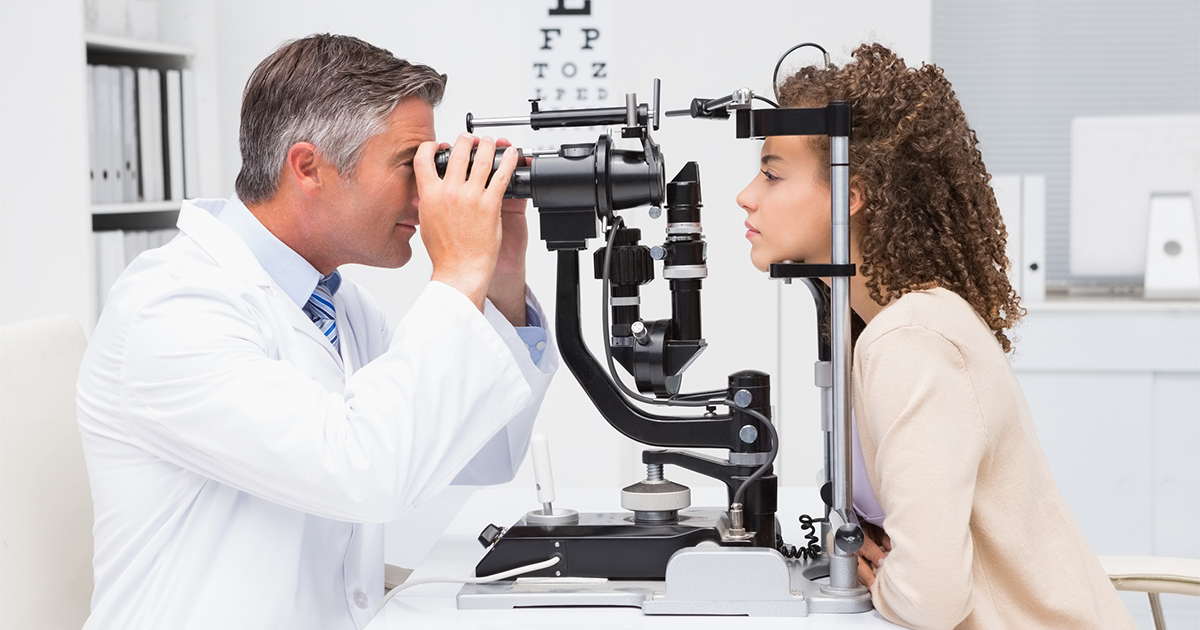Symptoms Of Cysticercosis
Cysticercosis is a type of parasitic disease that arises from an infection from the young form of a tapeworm. It occurs when you consume foods that contain the eggs of the tapeworm and is found in food and water contaminated by the parasite. In most cases, you will find the parasite in the human waste of an infected person. Cysticercosis is prevalent among individuals who consume undercooked pork.
Uncooked vegetables may also bring about the parasitic infection. The disease does not display the symptoms immediately after infection and may take from one to thirty years to finally manifest in an individual. In some Asian countries, it forms small lumps that over the years become big and swollen.
Vision Changes

Sometimes the parasite may affect the eye. It a rare form of cysticercosis, but it happens to many individuals in the developing world. The vision of a patient may start changing rapidly. If the patient does not seek medical help immediately, the condition may escalate to total blindness.
When the parasites affect the eyes, they affect regions such as the eyeball, under the conjunctiva, or the extraocular muscles. Some may experience blurry vision; others disturbed vision, hemorrhage, or even vision loss. The parasite most of the time affects the ocular and the orbitary tissues that gradually alter the patient's vision. You may sometimes find the eyes swelling and in other instances detaching from the retina. When you notice such symptoms, seek medical help as fast as possible.
Seizures

Seizures are the most common symptoms of having cysticercosis and typically occur in more than seventy percent of the patients suffering from the illness. The type and frequency vary from one individual to another. The other severe and rare forms of the condition include the complex partial and status epilepticus. Epilepsy comes about as a result of the presence of the parasite in the central nervous system.
The tapeworms develop in the body of the host in different phases. Most of them mature fast within weeks. Their development suppresses the inflammatory response. The transition period where the host immune cells attack the cysts to kill and break them down brings about the seizure. When the lesions in the epileptic episodes fully resolve, a patient may only experience generalized seizures. However, when the parasites do not resolve completely and the residual remains within the brain, the patient will experience chronic epileptic episodes. It is good to seek help whenever you have such a symptom.
